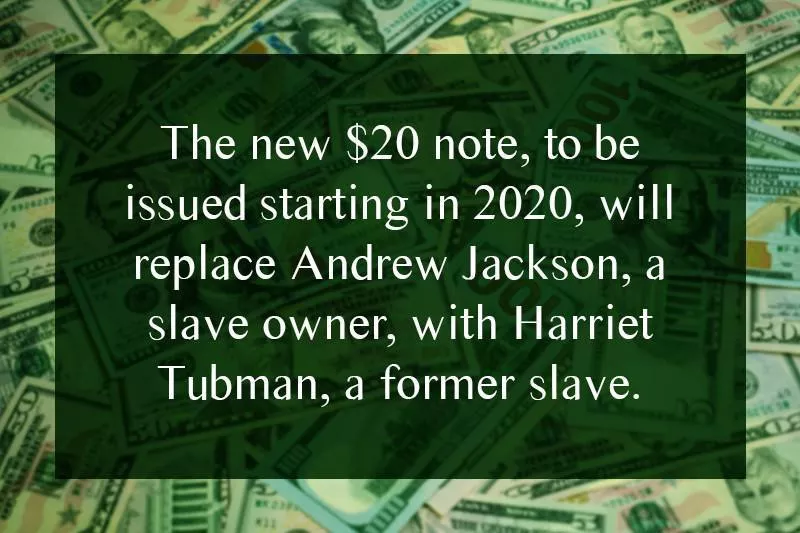U.S. banknotes are more than just currency – they're a fascinating blend of art, history and security. From the portraits on the front to the hidden symbols, each bill tells the unique story of our American heritage.
Join us as we uncover some incredible facts about paper money in the United States.
1. Paper Money on the Continent Predates the Country
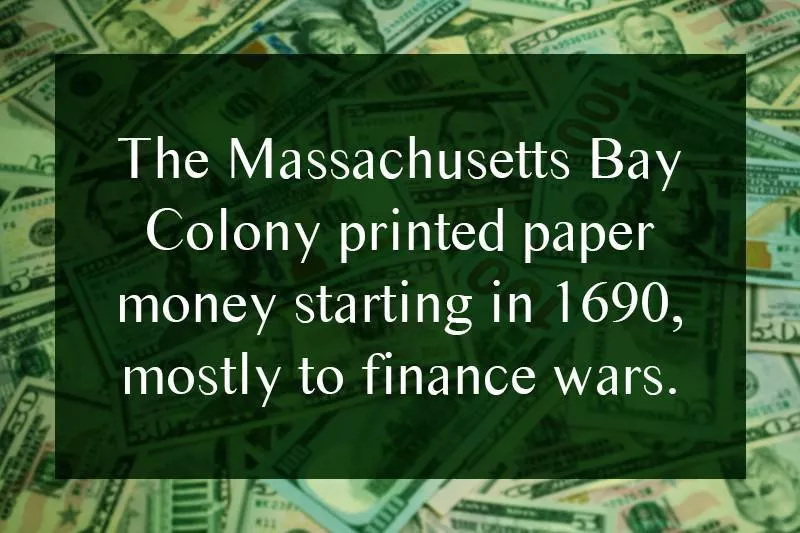
2. The First Federal Government Printing of Paper Money Started in 1861

3. The First Treasury Bills Were Worth Less Than a Dollar
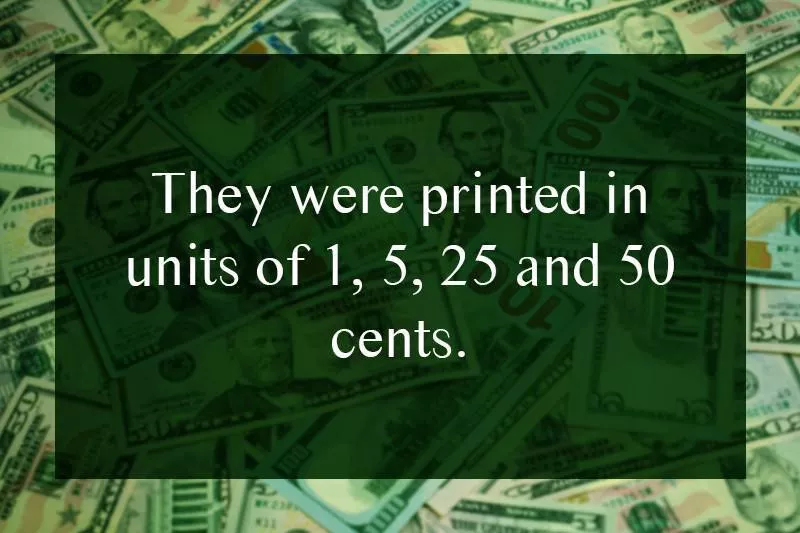
4. The Constitution Only Allows Coins
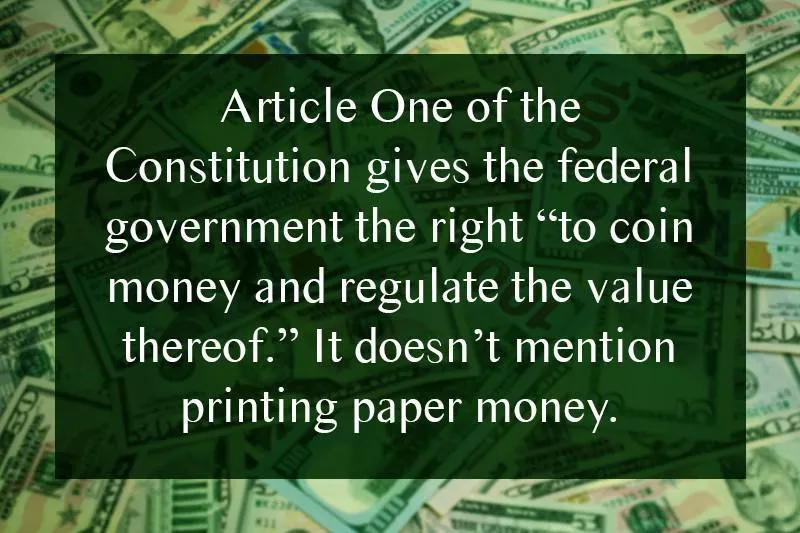
5. Banks Used to Print Money

6. Some 8,000 Different Institutions Once Made Notes

7. U.S. Currency Does Not Expire
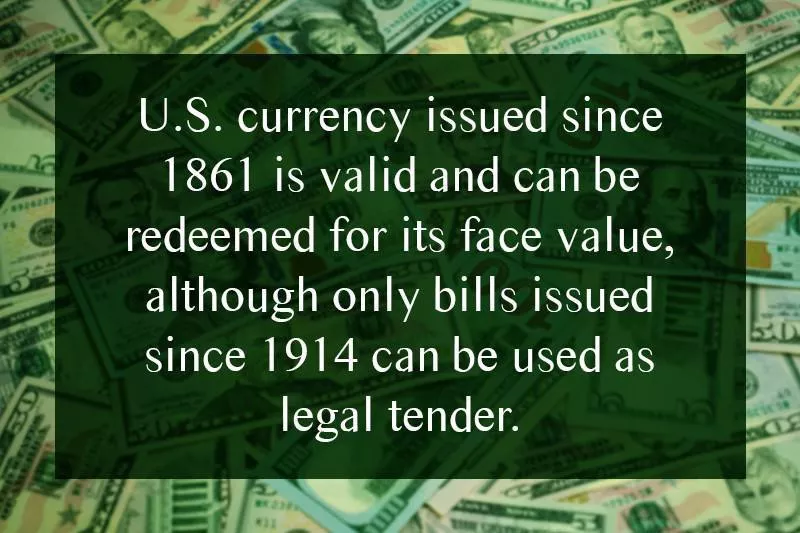
8. There Once Was a $10,000 Note
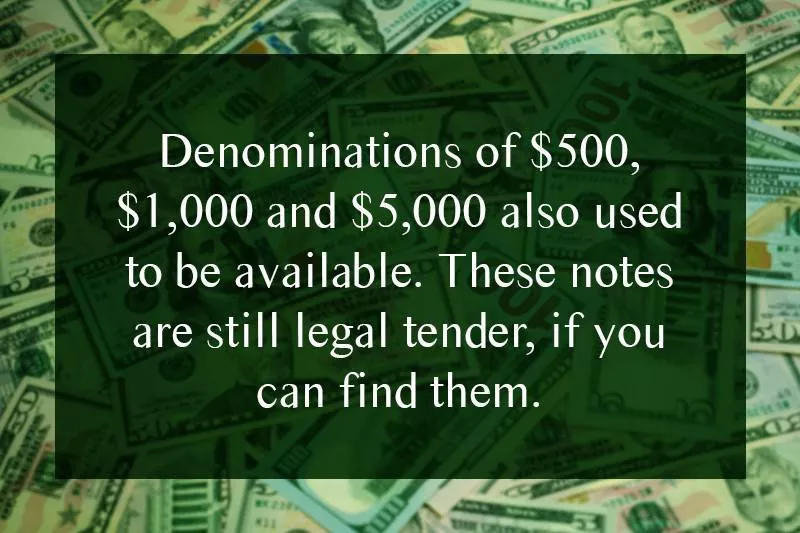
9. Now $100 Bills Are the Largest Denomination
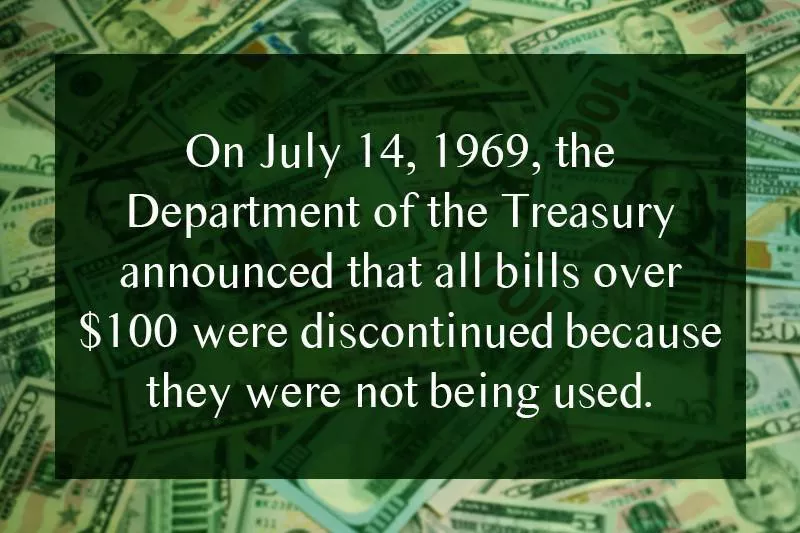
10. Hawaii Got Its Own Notes During World War II

11. $1.571 Billion in Bills Currently Circulates
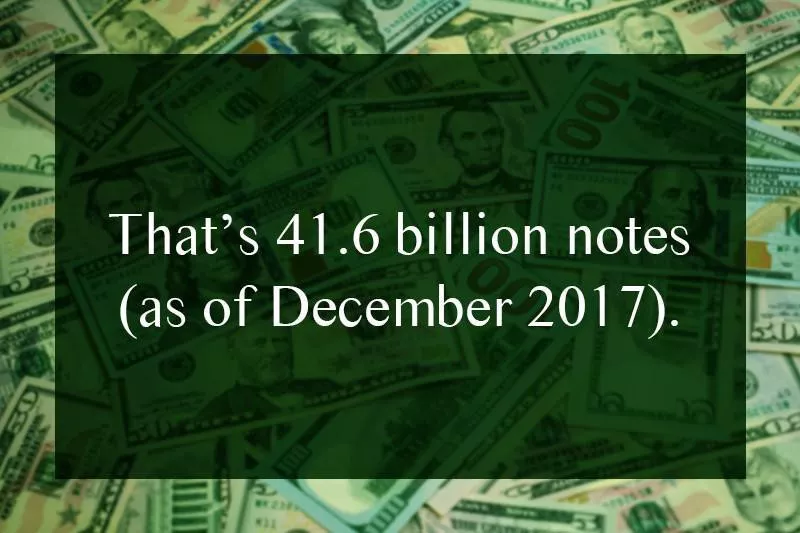
12. The Bureau of Engraving and Printing Makes 38 Million Notes Each Day
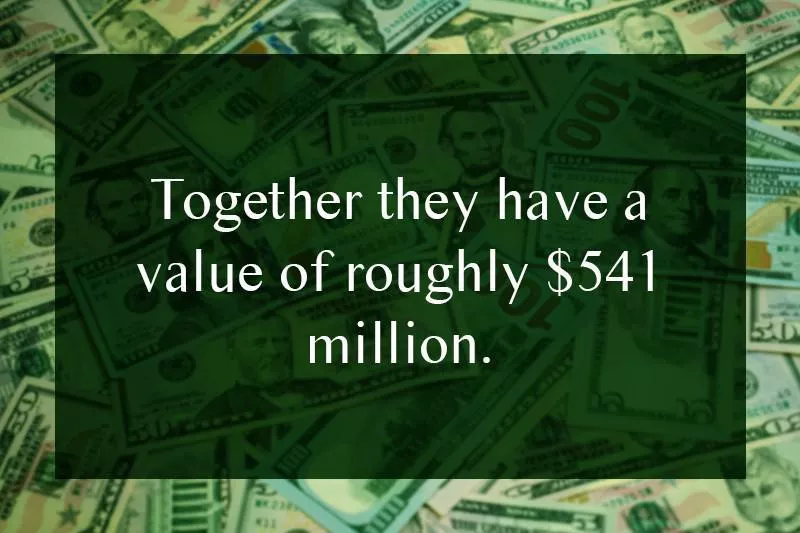
13. A Pound of U.S. Notes Contains 490 Bills
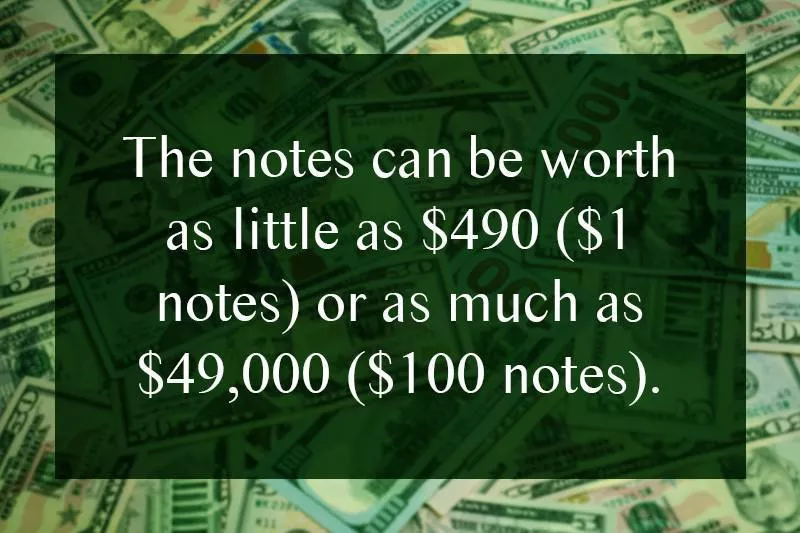
14. U.S. Bills Are 2.61 Inches Wide
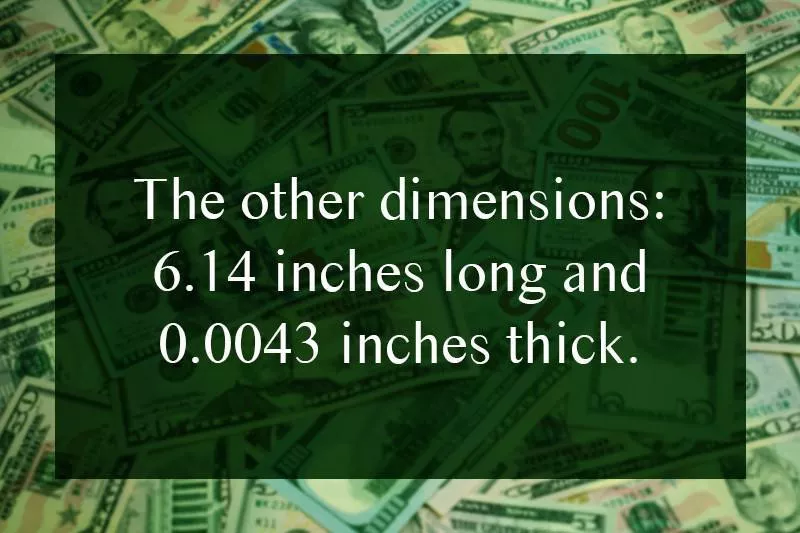
15. From 1996 to 2000, U.S. Currency Was Redesigned
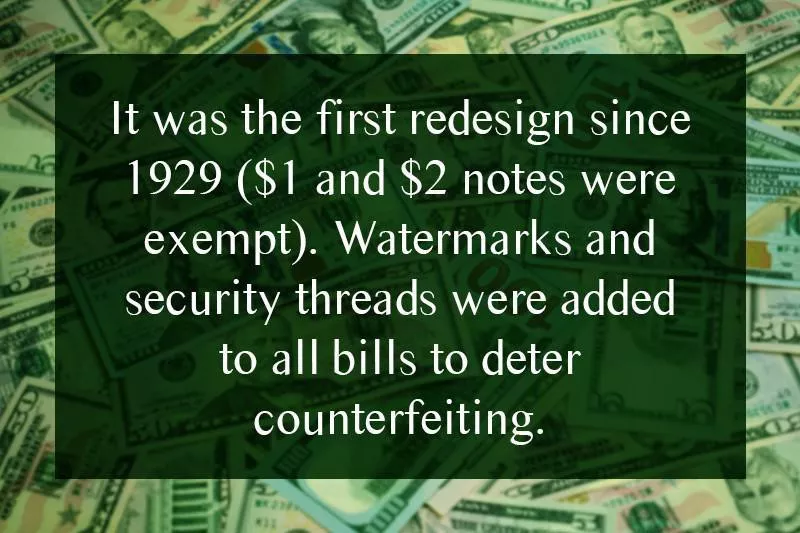
16. From 2003 to 2008, U.S. Notes Were Again Redesigned
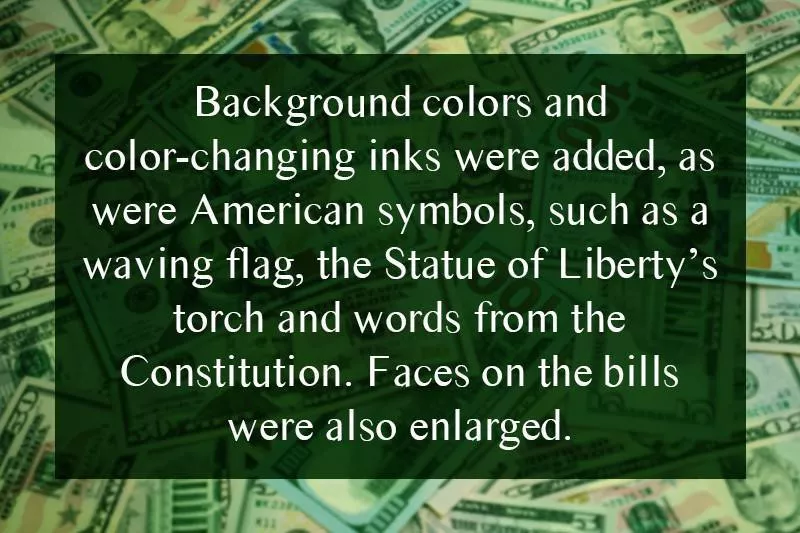
17. The New Bills Look Larger
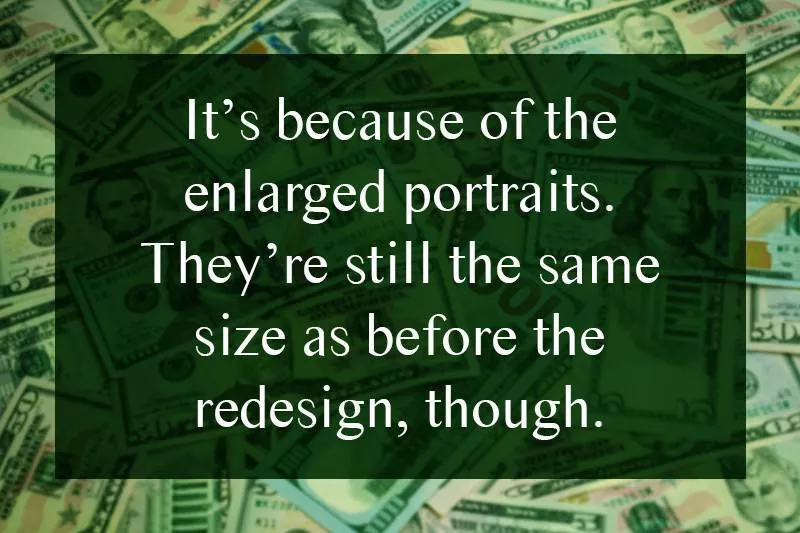
18. Most Bills Have Security Threads
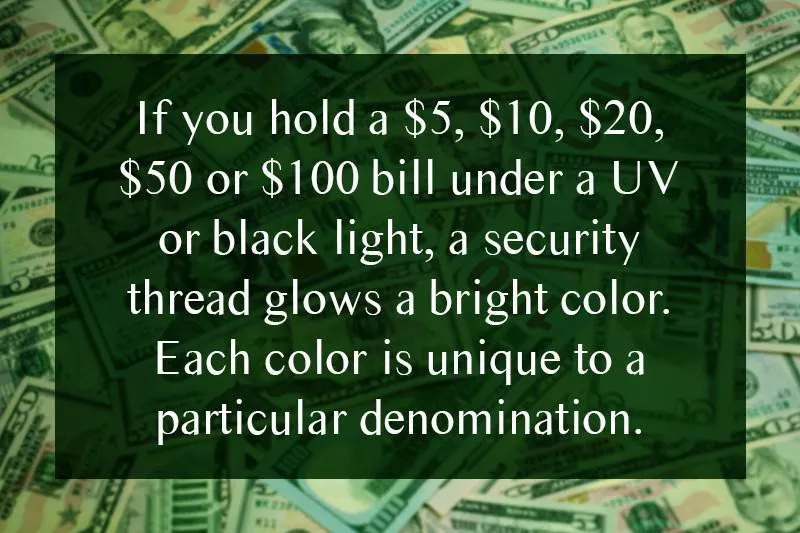
19. The New $100 Bill Has a 3D Blue Ribbon

20. The $1 Bill Accounts for 45 Percent of All Currency Production
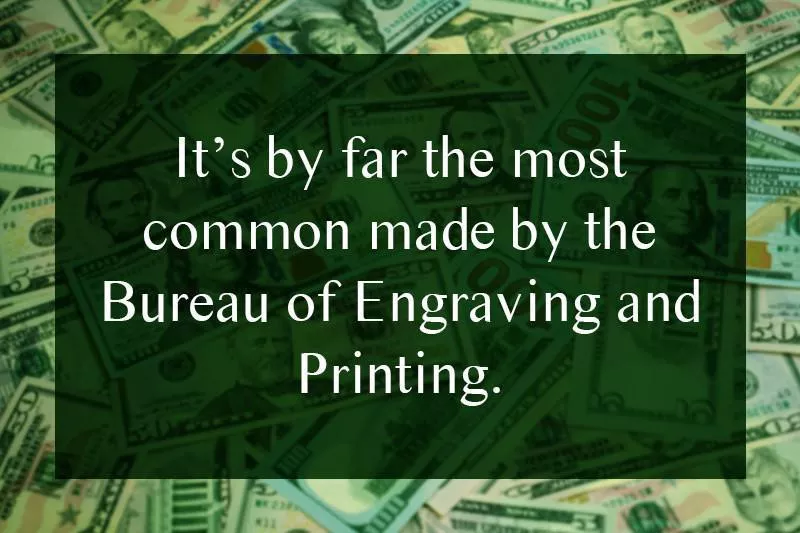
21. Every Note Has a Unique Serial Number
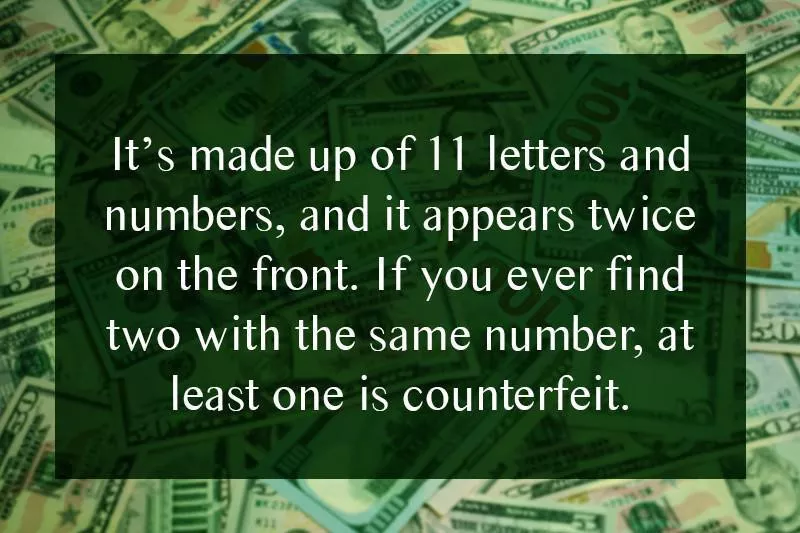
22. Even Torn in Half, a Bill Is Still Legal Tender

23. Paper Money Isn’t Paper
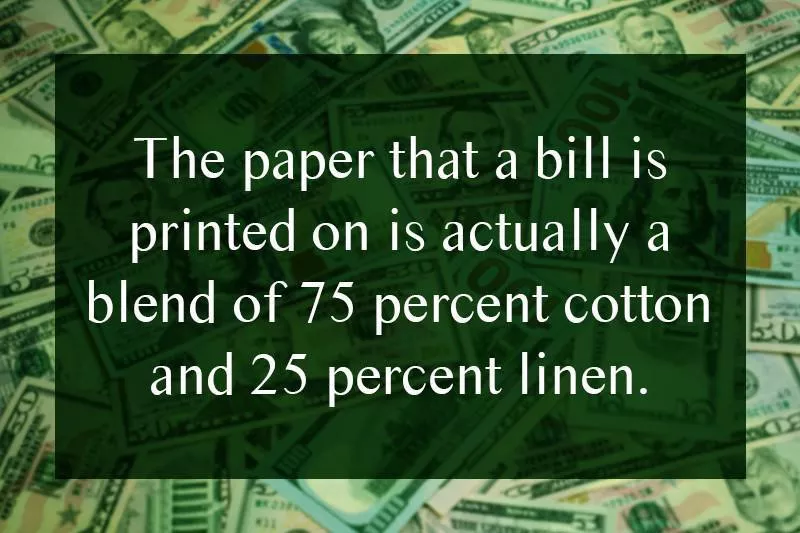
24. Crane Currency Produces the Bill Material

25. U.S. Notes Are Durable
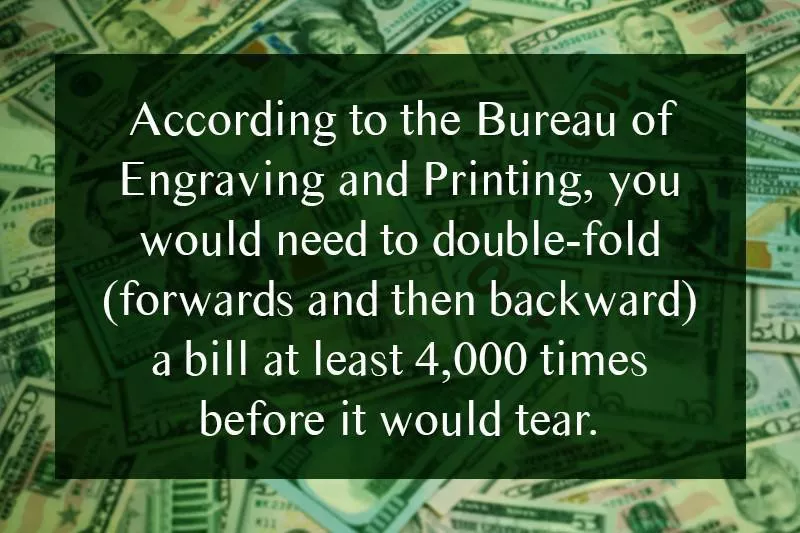
26. You Only See Dead People
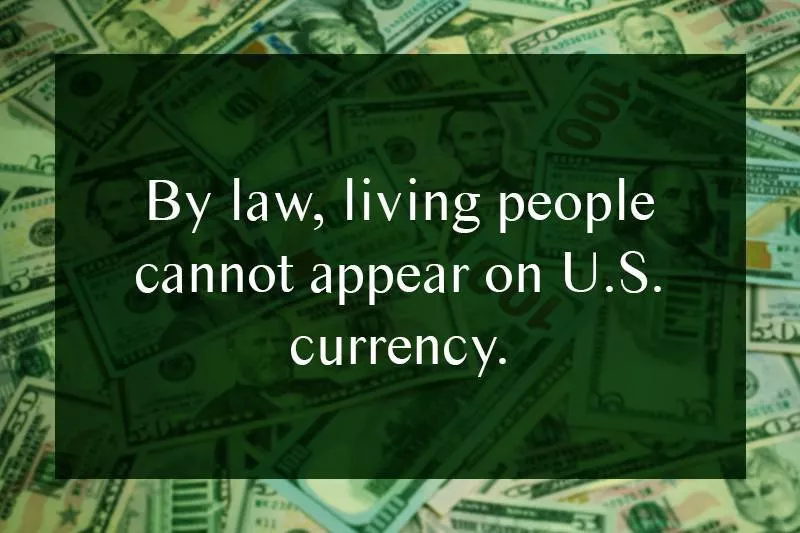
27. It’s Green On the Back
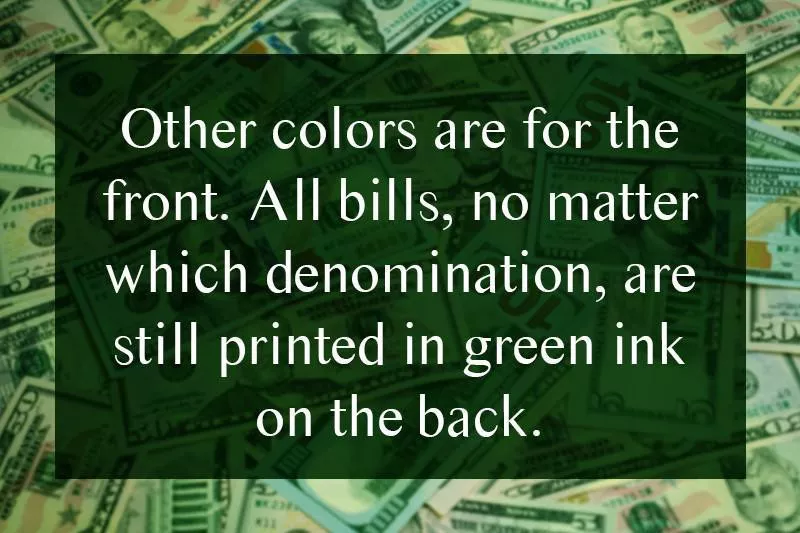
28. The Lifespan of a $100 Bill Is…
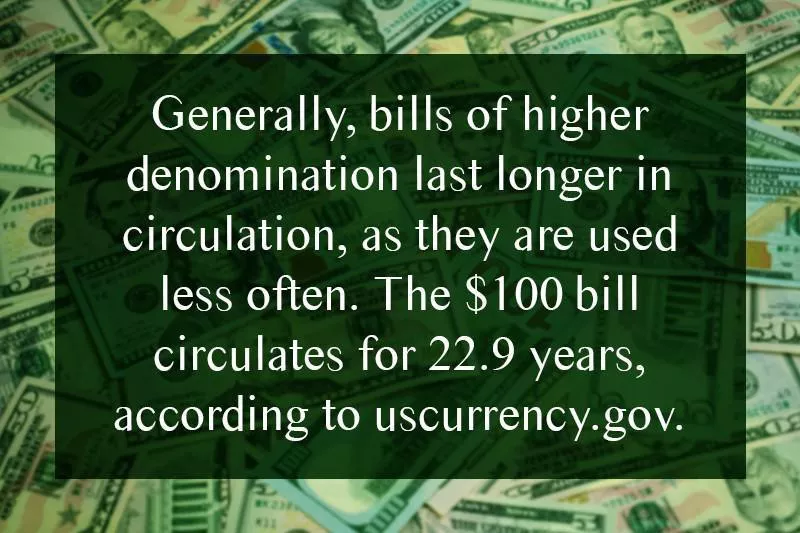
29. The Lifespan of a $1 Bill Is…

30. And the Lifespan of a $10 Bill Is…
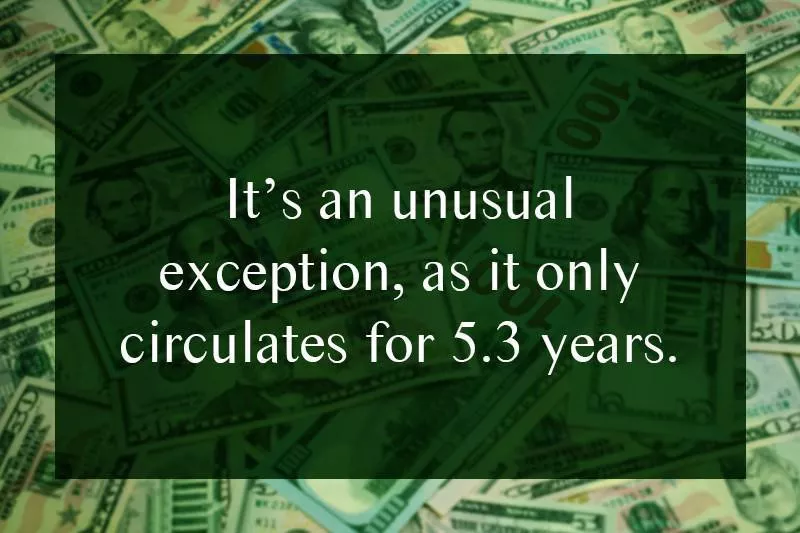
31. Bills Are No Match For Coins in Terms of Longevity

32. About 30,000 Claims About Damaged Currency Are Processed Annually
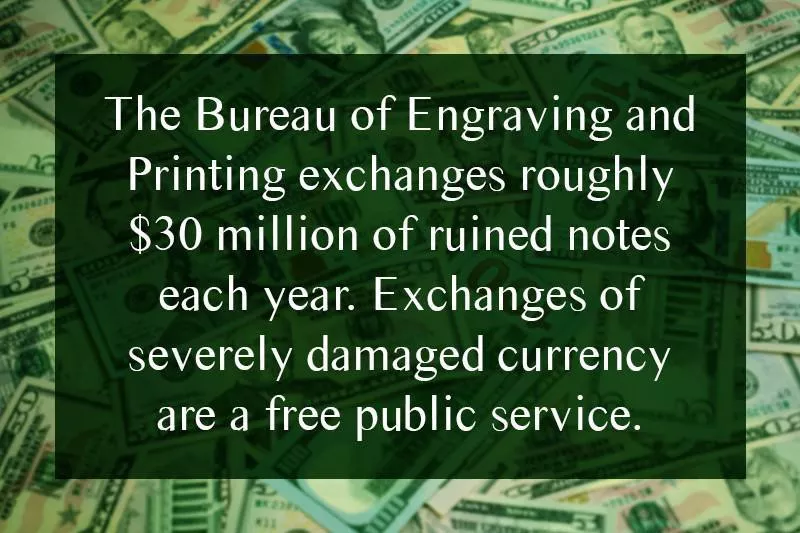
33. Notes Removed From Circulation Are Shredded
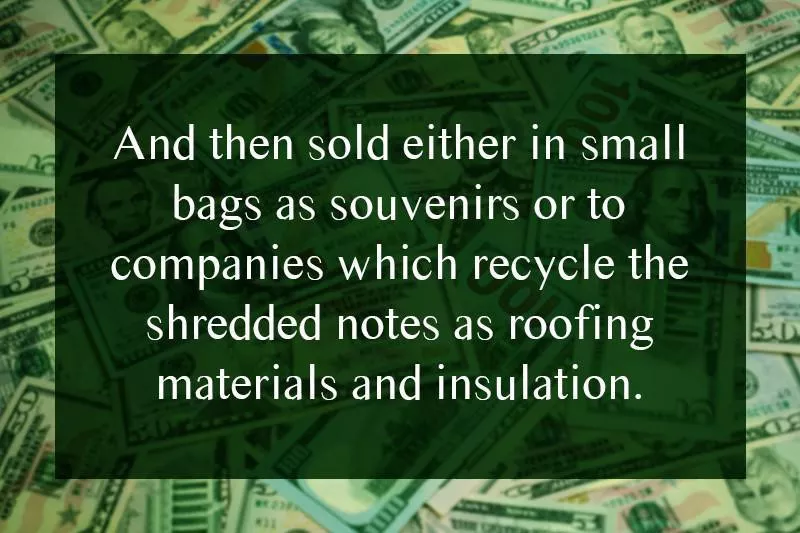
34. Your $1 Bill Probably Is Contaminated
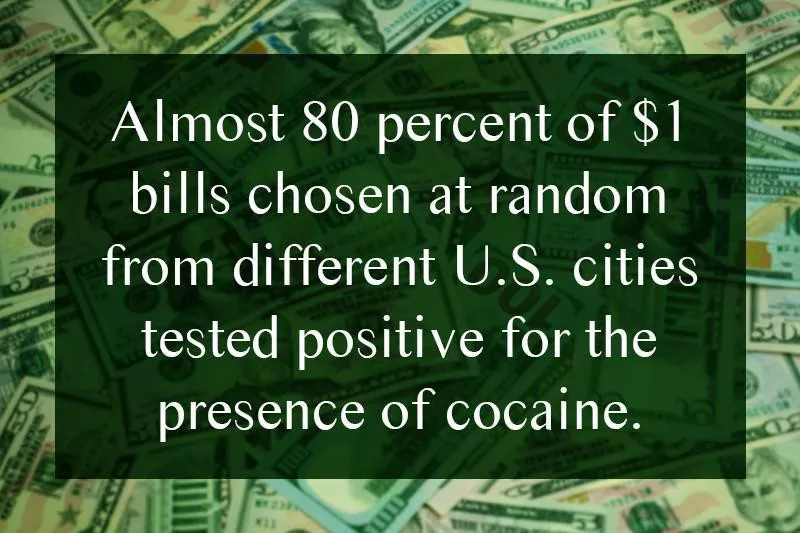
35. Andrew Jackson Didn’t Believe in Paper Money
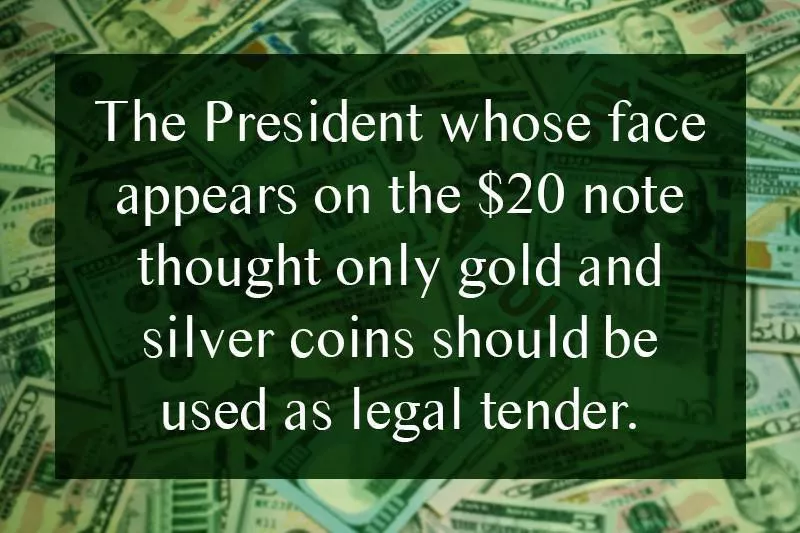
36. Andrew Jackson’s $20 Is Changing
